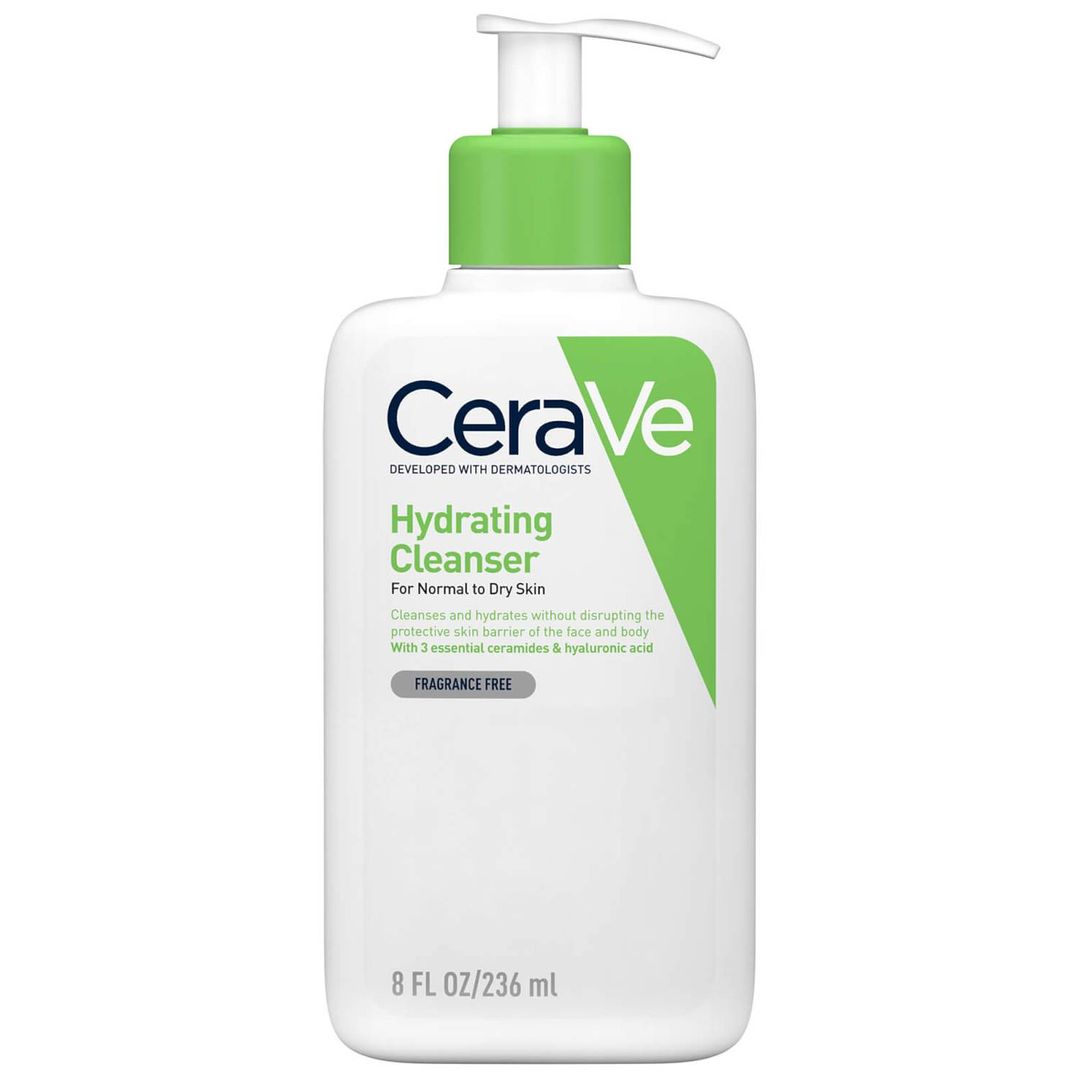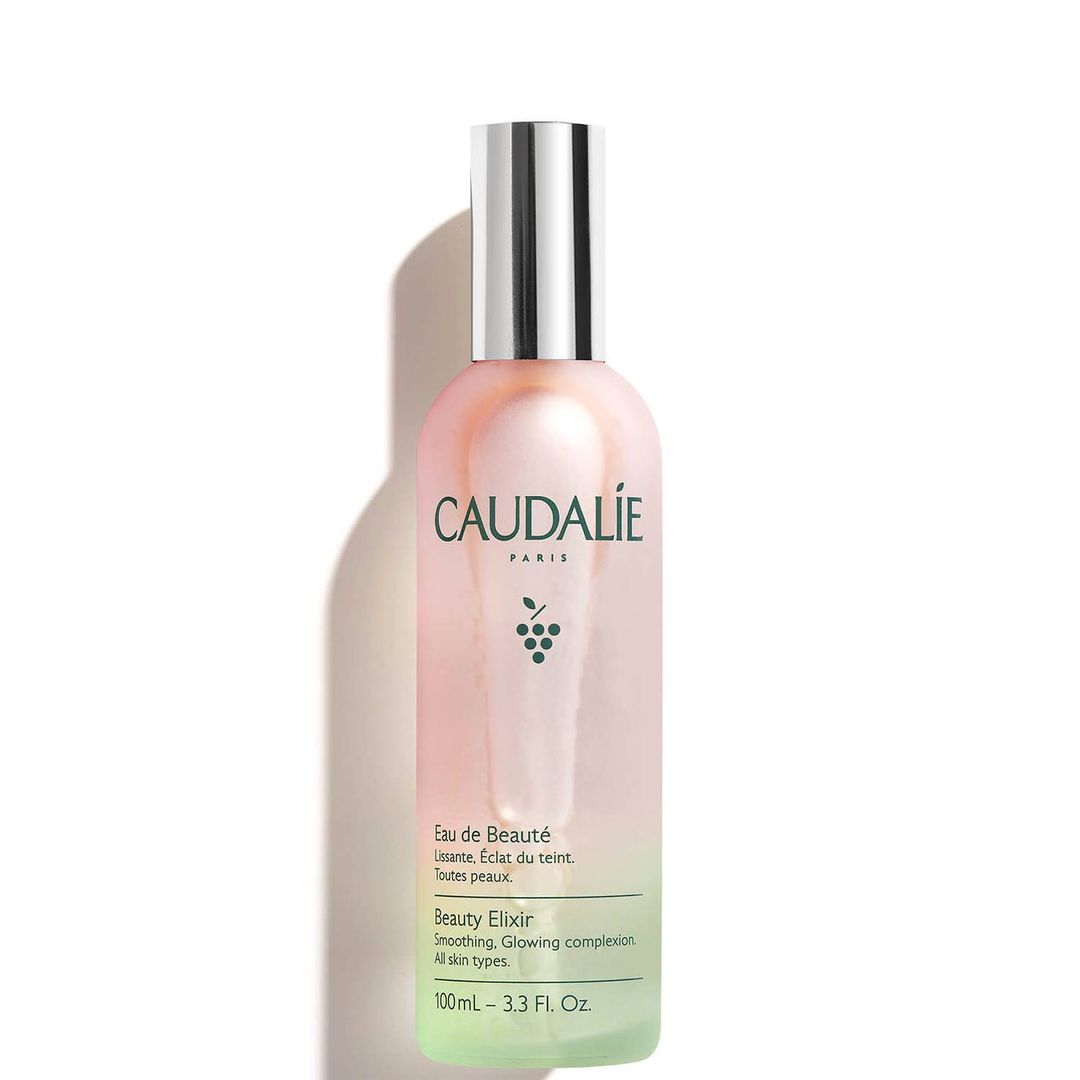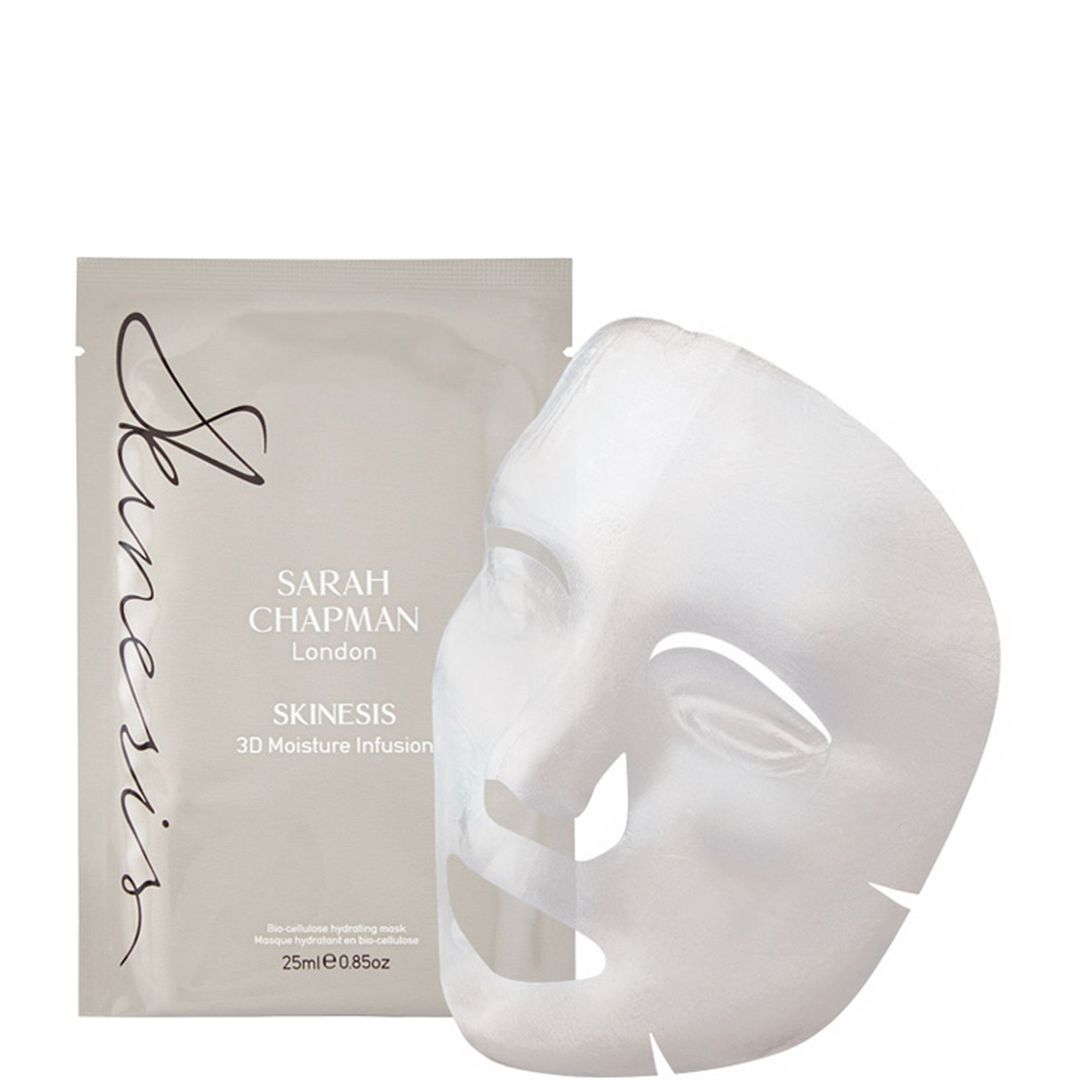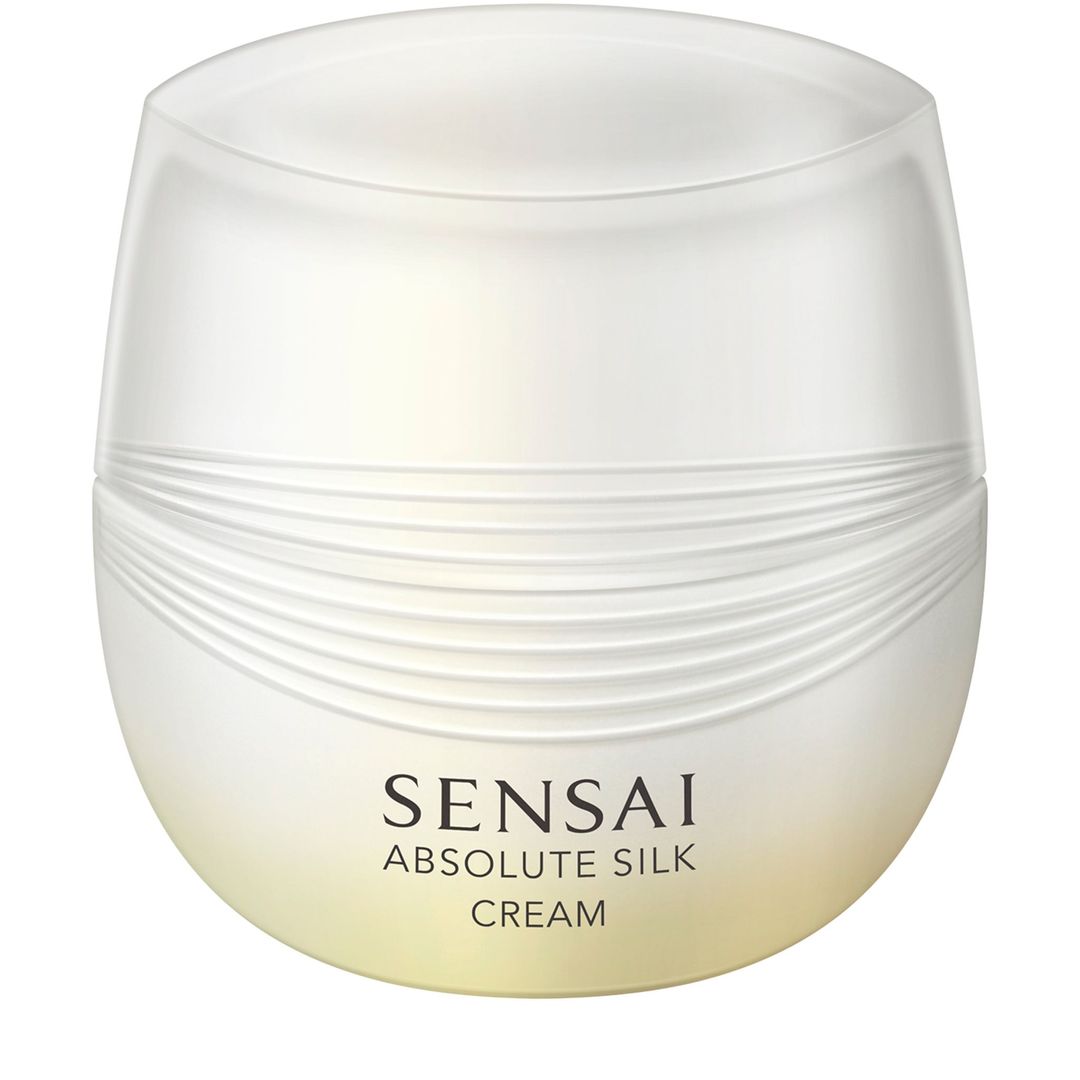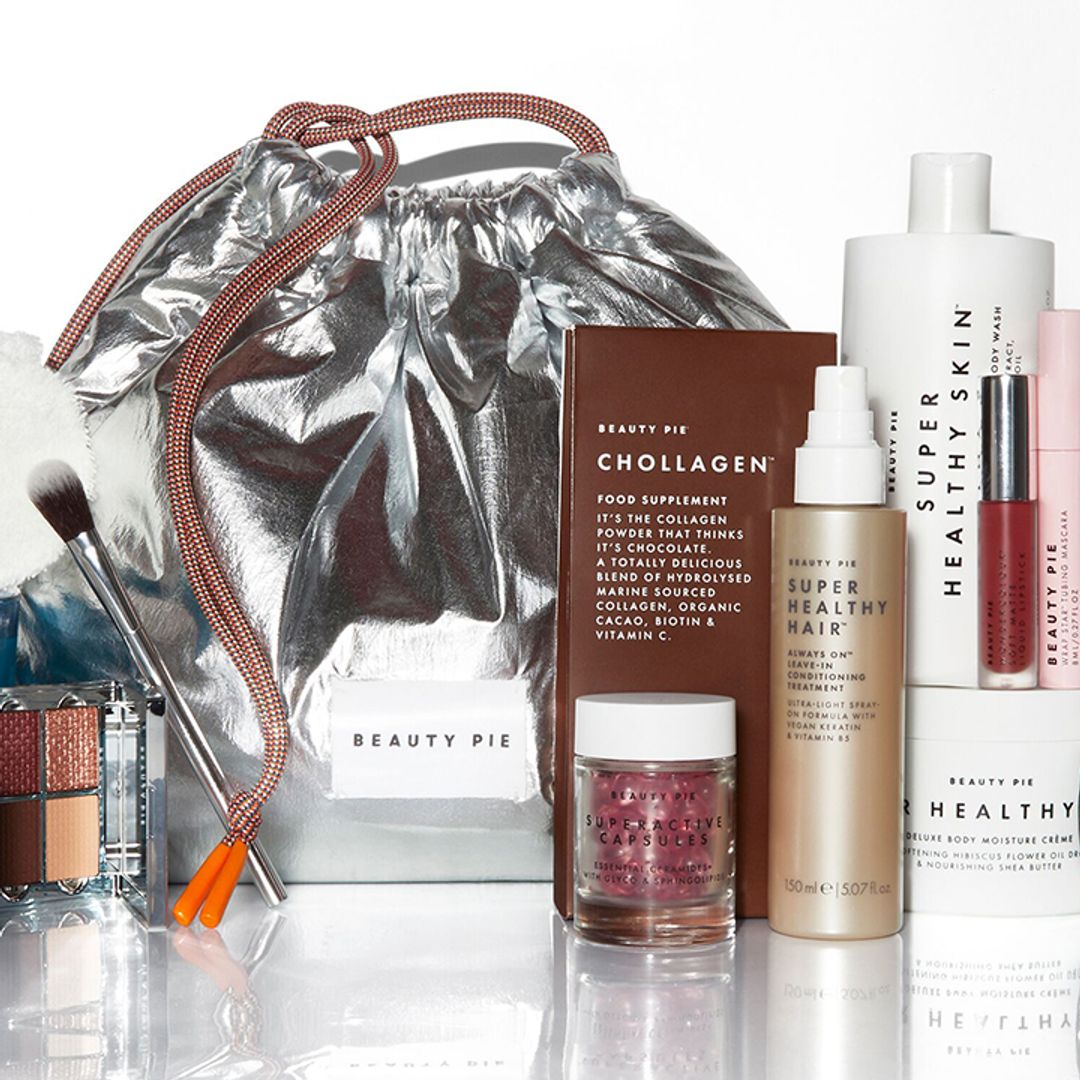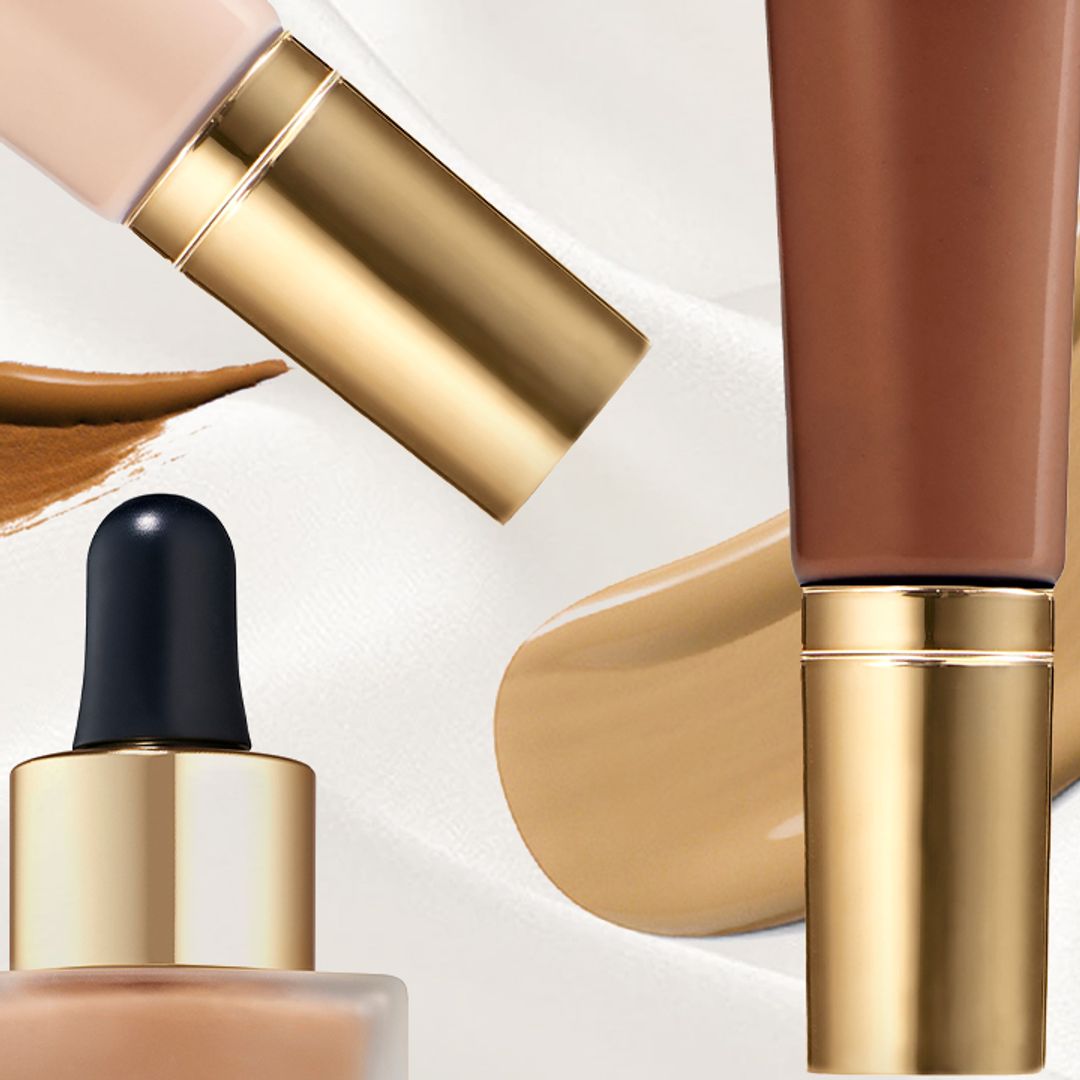We're over halfway through August but don't despair, there's still time to book a last minute getaway and jet off to sunnier climes. After all, the UK's summer hasn't been one worth boasting about.
But, if you're anything like me and just the thought of long haul flights are enough to wreak havoc with your skin, then relax. I asked Sarah Chapman, the facialist responsible for looking after Meghan Markle's complexion, her expert advice on keeping dry, flaky and often congested post-flight skin at bay and it's easier than you think.
1. Go without makeup
Although it's tempting to throw on your highest heels à la Victoria Beckham and put a face full of makeup on before heading to the airport, this is one of the worst things you can do for your skin. A heavy-duty foundation can stop the benefits of your skincare getting through. "Wearing heavy make-up will clog the pores. Before I board the plane, I always give my face a thorough cleanse and apply a generous layer of moisturiser to act as a barrier against the drying effect of the air-conditioning," says Sarah.
A hydrating cleanser won't strip your skin or leave it feeling tight and preps your skin for the rest of your products. We rate CeraVe's Hydrating Cleanser. It's packed with ceramides and a firm favourite among industry experts.
2. Keep a facial mist on hand
The longer the flight, the more exposure to dry conditions. "“Our skin is most comfortable with air humidity of 40-70%, but humidity falls to about 20% in-flight, so skin can become extremely dehydrated. A spritz of a hydrating mist every hour keeps skin comfortable and protected," says Sarah. It's important to look at the ingredients of your facial mist as some can contain drying ingredients like denatured alcohol.
Caudalie's Beauty Elixir is cult-status for a reason and a much-loved facial mist. Enriched with soothing, hydrating ingredients like rosemary essential oil, orange blossom and rose extracts, it's perfect for keeping on your tray table and giving your skin a quick shot of hydration every hour.
3. Apply a face mask
Sheet masks are a fantastic way of keeping your skin supple mid-flight and Sarah agrees, "Face masks are absolutely essential before, during and after a flight, especially for long-haul. My 3D Moisture Infusion Mask is a travel favourite of VIPs who will be met by the paparazzi on landing. The bio-cellulose therapeutic-strength mask envelops the face like a second skin to instantly hydrate, soothe and plump."
You might look a little silly in the moment but, trust me, you'll be the one laughing upon landing when your skin is glowy and hydrated not dry, flaky and dull.
4. Use a thicker moisturiser
Depending on your skin type, your normal moisturiser might not be enough to keep your skin protected during a flight. Opt for a thicker formula than you normally would but avoid anything with pore-clogging ingredients like coconut oil or shea butter. "A thicker moisturiser will act as a barrier preventing trans-epidermal moisture loss and protect from the dehydrating and bacterial effects of air conditioning and recycled air," says Sarah.
We rate the Sensai Absolute Silk Cream because of its silky, smooth texture and deeply hydrating effect. Just a light layer of this will keep your skin supple and luminous for when you land.
5. Avoid plane food
It's tempting but plane food is not the healthiest option for you or your skin. "If you can, try to eat before you travel – plane food tends to be incredibly salty, which ends up causing puffiness in the face," explains Sarah. According to research, the combination of reduced humidity and low pressure reduces the sensitivity of your taste buds to sweet and salty foods by around 30% so airlines will add in extra favour and by that, we mean salt.
Salt contributes to water-retention in the body so if you don't want to arrive puffy or bloated, stick to eating beforehand or just a healthy meal while on-board.
HELLO!'s selection is editorial and independently chosen – we only feature items our editors love and approve of. HELLO! may collect a share of sales or other compensation from the links on this page. To find out more visit our FAQ page.


